
The Instax Square SQ40 is the latest entry in the square lineup, and if you're looking for a no-frills shooting experience then it's one of the best instant cameras you can buy. However, a lot more competition has popped up in the two years since it was launched.
While the Instax Square SQ40 is basically the same camera as its sibling, the Instax Square SQ1 (the only difference being its more grown-up chassis, compared to the SQ1's bubbly colors – see more in our Instax SQ1 vs SQ40 comparison), Polaroid offers a number of alternative options.
There's the Polaroid Now+ Generation 2 (a creativity-focused camera with double exposures, aperture priority and light painting, along with physical lens filters and app-powered shooting modes), the Polaroid Now Gen 2 (a basic point-and-shoot along the lines of the SQ40) and the Polaroid I-2 (a $600 powerhouse that's ridiculously expensive, but offers a super-sharp glass lens and fully manual controls).
Another consideration is that square Polaroid photos are physically bigger than Instax Square photos (in fact they're the same surface area as Instax Wide prints). Take a look at our instant camera film sizes guide for more information.
So, all that said, how does the SQ40 fare against all the alternatives?

Specifications
Film: Fujifilm Instax Square instant film
Photo Size: 62 mm × 62 mm
Lens: 2 components, 2 elements, f = 65.75 mm, 1:12.6
Viewfinder: Reverse Galilean finder, 0.4×, with target spot
Shooting Range: 0.3 m to ~
Shutter: 1/2 to 1/400 sec.
Exposure Control: Automatic
Film Developing Time: Approx. 90 seconds
Flash: recycle time 7.5 seconds, effective flash range: 0.3 to 2.2 m
Power Supply: 2 CR2 batteries (included), approx. 30 INSTAX SQUARE film packs
Size: 134.2 × 120.2 × 60.5 mm
Weight: 453 g (without batteries, strap, and film)
Key features
The Instax SQ40 doesn't differ in features all that much from the SQ1. With the same viewfinder, flash, and lens. Like the SQ1, the lens turns the camera on and off with a twist, a further little twist puts the camera in 'Selfie Mode' but more on that in a second. The camera takes packs of 10 Instax Square films which are loaded into the back of the camera lining up the little yellow markings on the film pack and the camera.
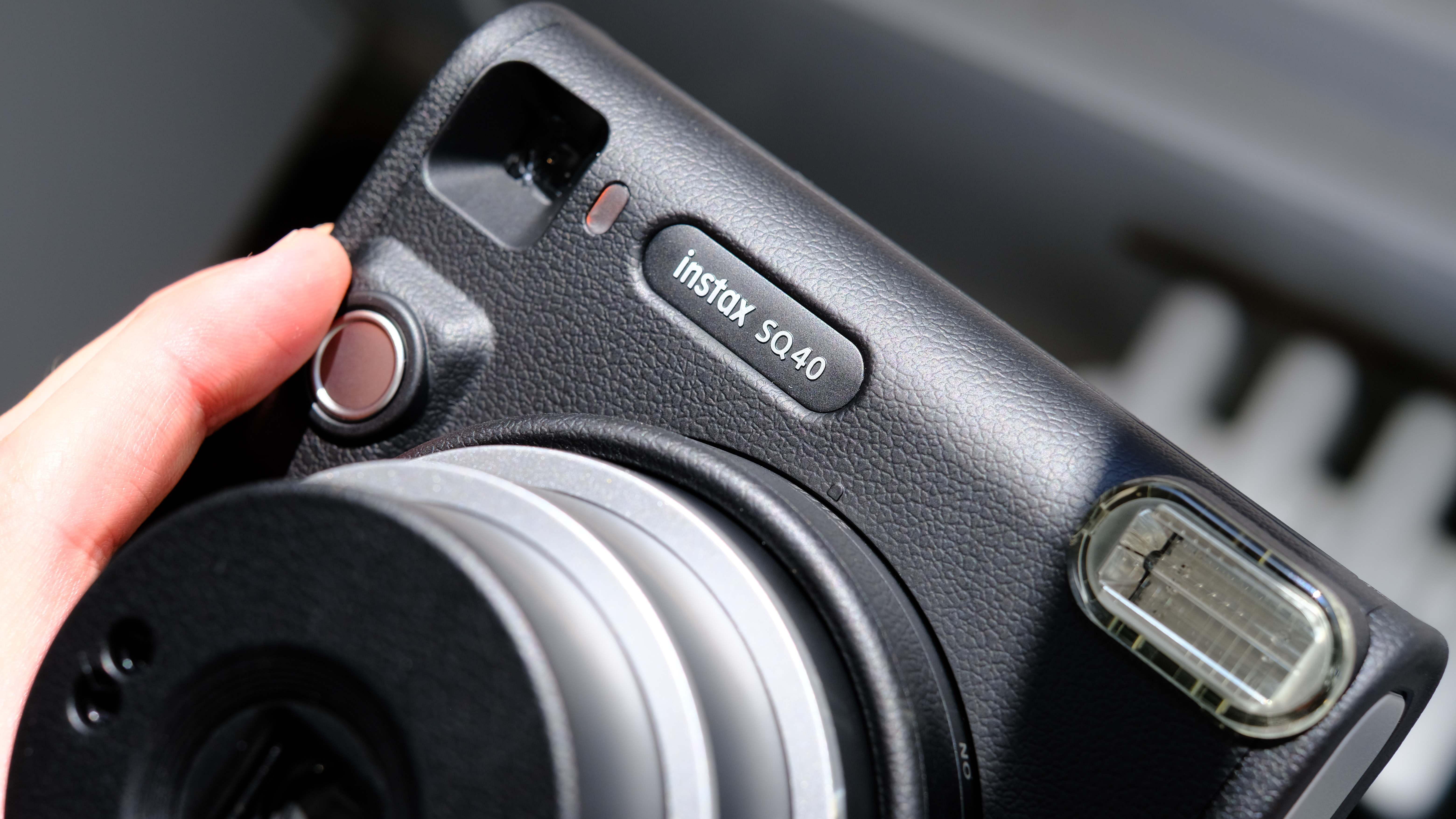
The SQ40 offers auto exposure, using the ambient light and the distance to the subject to calculate the perfect exposure, it then balances that with the fill flash on the front of the camera to produce bright and evenly lit photos even in dark environments. The flash has an effective range of up to 2.2m for large group shots.
The Instax SQ40 also benefits from Instax's 'Selfie Mode' which is essentially a close-up focusing mode, although don't expect macro photography, as Fujifilm recommends a distance of 0.3-0.5m from the camera for perfect focus. This mode is obviously designed for selfies, with the distance being around an arm's length, but also works well photographing objects close up.
Build & Handling
The main thing to say about the build is just how cool and retro this camera looks, there are no bright colors here, instead replaced by a suave and sophisticated-looking camera styled after the film cameras of the past. I personally love how this camera looks, I am always put off shooting with the bright SQ1 as I feel it draws too much attention, however, I feel I could almost fly under the radar with the SQ40. Although the camera is still quite large, it's probably not going to slip into a pocket.
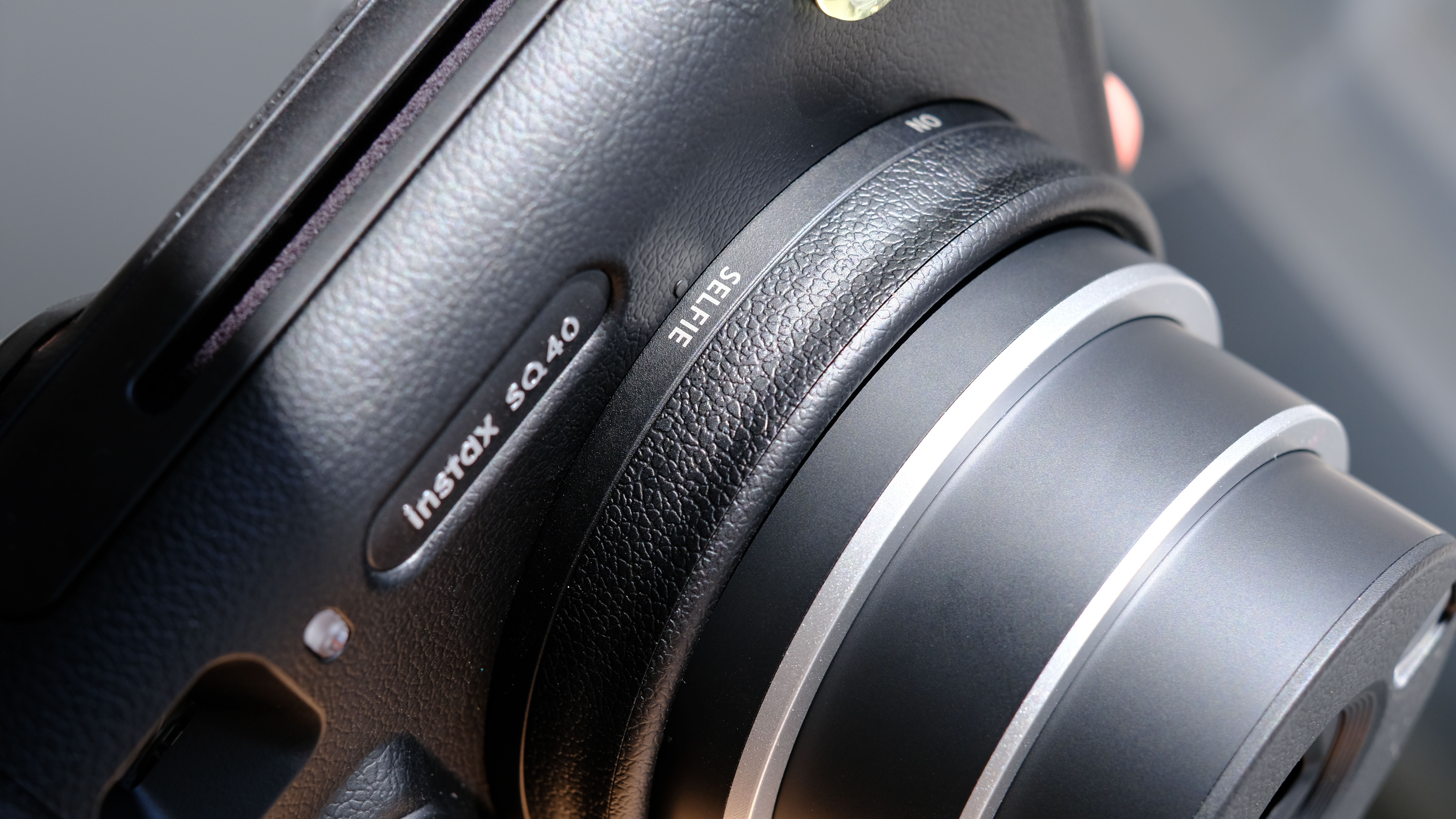
The build quality of the camera is very plastic-y, although at this price that is hardly news, and that won't surprise anyone familiar with Instax cameras. The build feels suitably robust though, the plastic is thick and it feels like it can be tossed into a full backpack for a trip and come out the other side just fine. The finish has a faux leather kind of look to it, although it just feels like textured plastic instead of softer leather, although that adds to the grip.
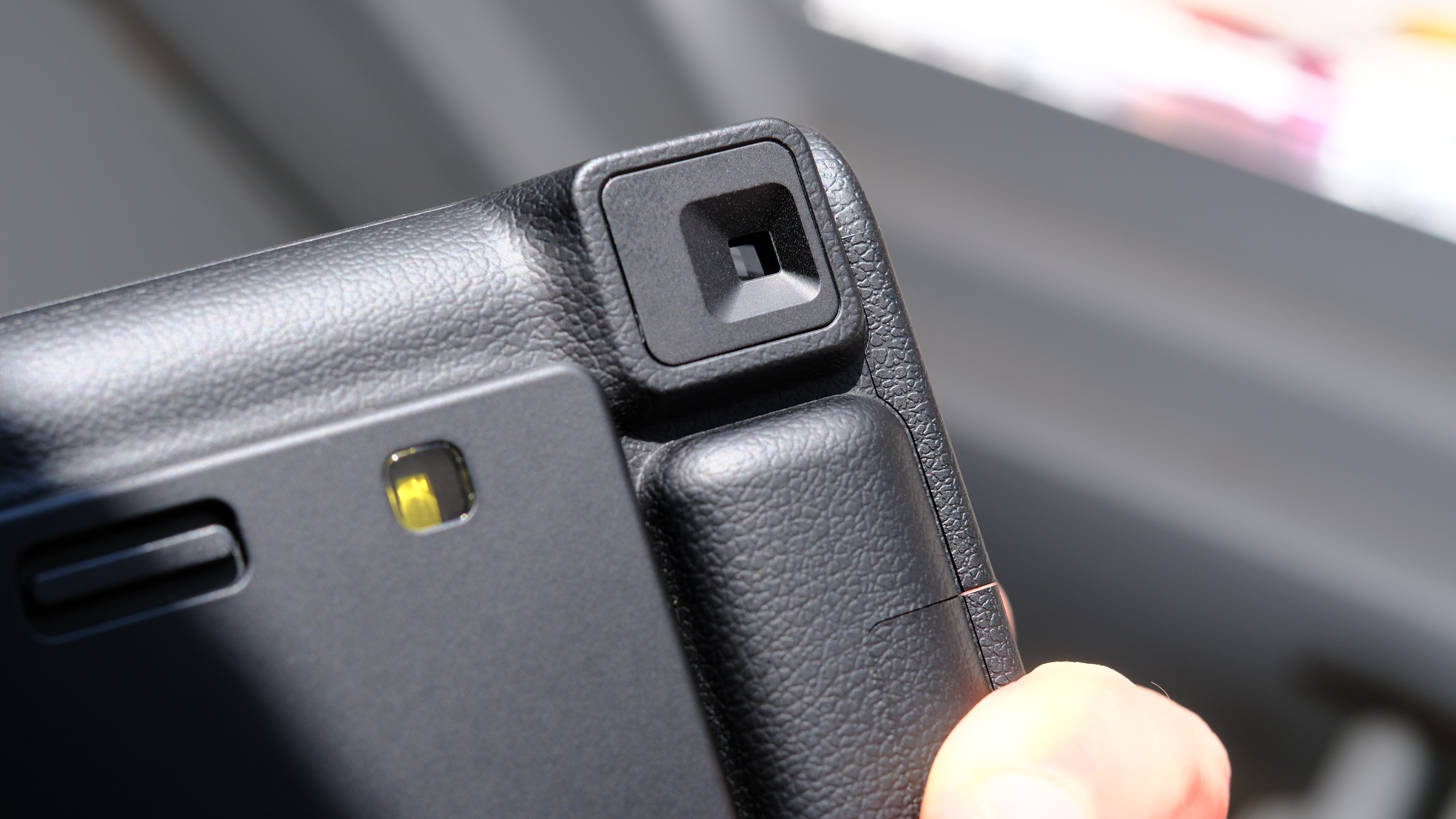
The lens mechanism is smooth and simple to turn, even one-handed, and much better than previous models that had a push-button lens release that would occasionally jam. Also, the lens cover opened every time without fail, which has also not always been possible to say about previous Instax cameras. One nice little feature is if the lens isn’t turned perfectly to the on position, there will be a rapidly flashing LED on the front to let you know something is wrong.
The film loads easily into the back, lining up the yellow lines on the film cartridge and the camera is simply near impossible to get wrong. It would be nice to see Fujifilm clarify its environmental impact here, the cartridges and wrapping are both made from plastic and currently, I cannot find anything on Fujifilm's website if these are made from any recycled materials, the cartridges and wrapping can also only be recycled if your waste accepts these particular grades of plastics, which some do not.
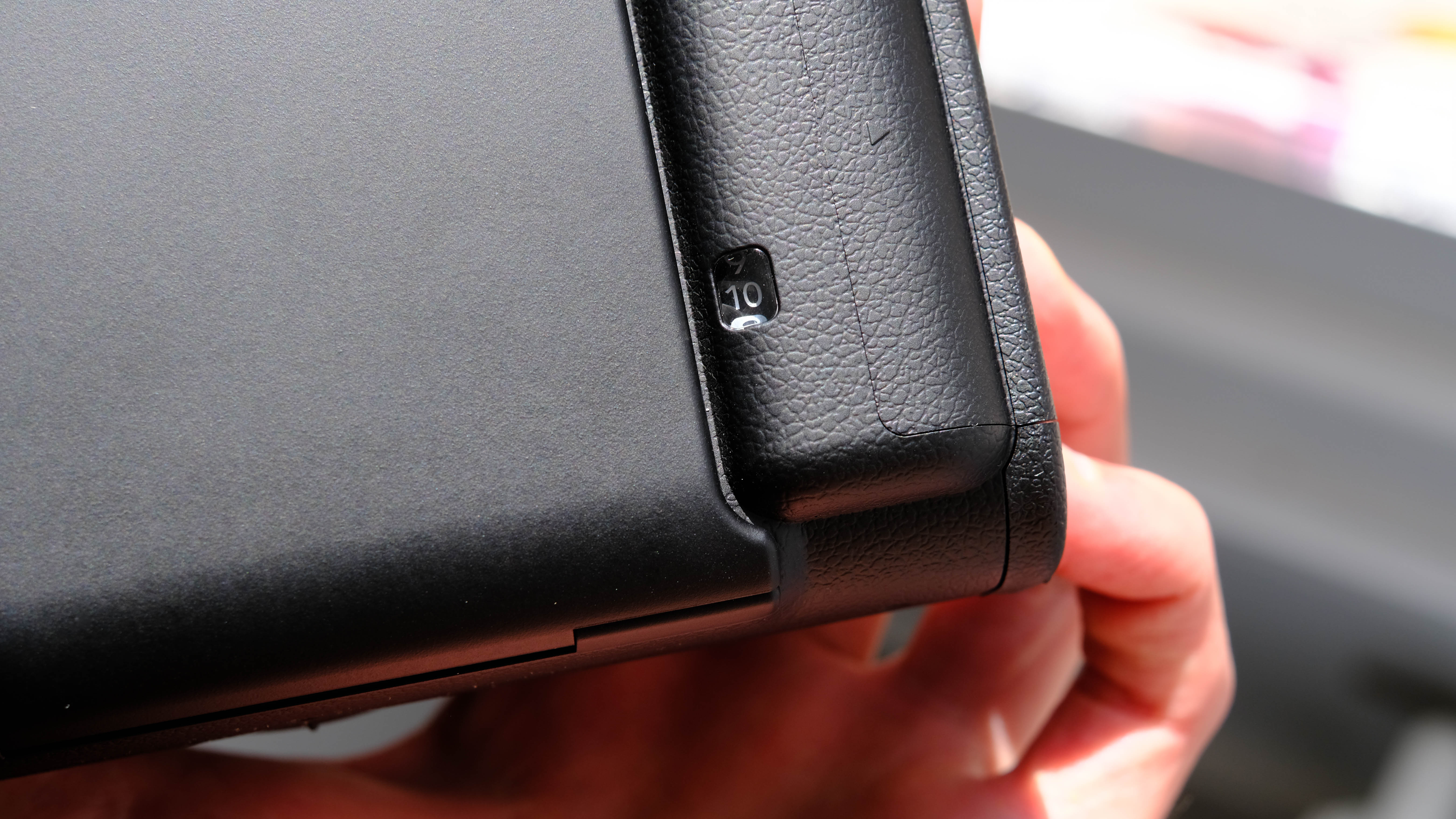
Performance
Instax photos are Instax photos, you either love them or you don't. I personally think the Square Instax format is the most versatile and easiest to work with. I naturally think square in my head when I'm shooting on an instant camera (which might be more to do with Polaroid than Fujifilm), but anyone new to instant cameras might have a bit of a learning curve at first.
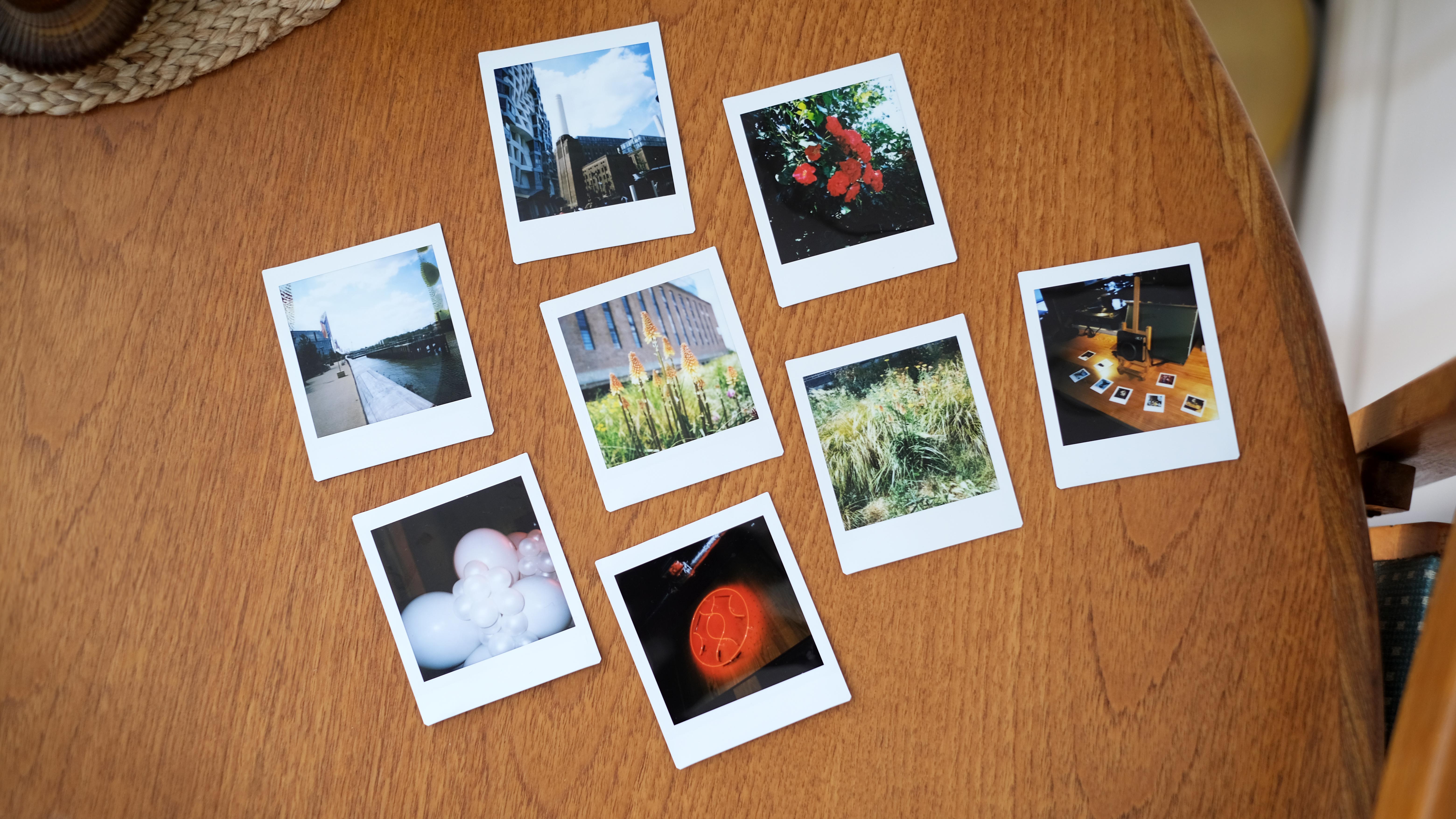
Photos are great quality (again, for an Instax print), auto exposure nailed the lighting in every single test shot I took, both inside and outside as well as heavily front or backlit shots. Photos shoot out of the slot in about 5 seconds after shooting and then take around 2-5 minutes to fully develop, and unlike other instant film brands, you don't need to worry about keeping them in the dark until fully developed.
Close-up (selfie) mode is a little trickier to get perfect as you have to be able to roughly judge distance in your head, so this led to a couple of missed focus shots. But when you do get the focus right, such as actually taking a selfie or group shot at arm's length the close-up mode works great.
Verdict
There is something incredibly fun about shooting with Instax cameras especially as we come into summer and I start spending more time outside with friends. Instax cameras are great to pass around and just enjoy photography without worrying about actually knowing photography. The photos it produces are good quality, although won’t rival any modern camera, but that is also kind of the point. The auto exposure is spot on every time, out of the two packs of film I have burned through, I didn’t throw any away due to bad settings or development.
The Instax SQ40 is my favorite new edition to the Instax family for quite some time. I much prefer the classic retro styling over the bright or bubblegum colors of other cameras in the Instax range. I also really like the Instax Square format over the Mini or Wide films as I think it has more of a classic instant camera vibe, and the larger size is just that but more useful.
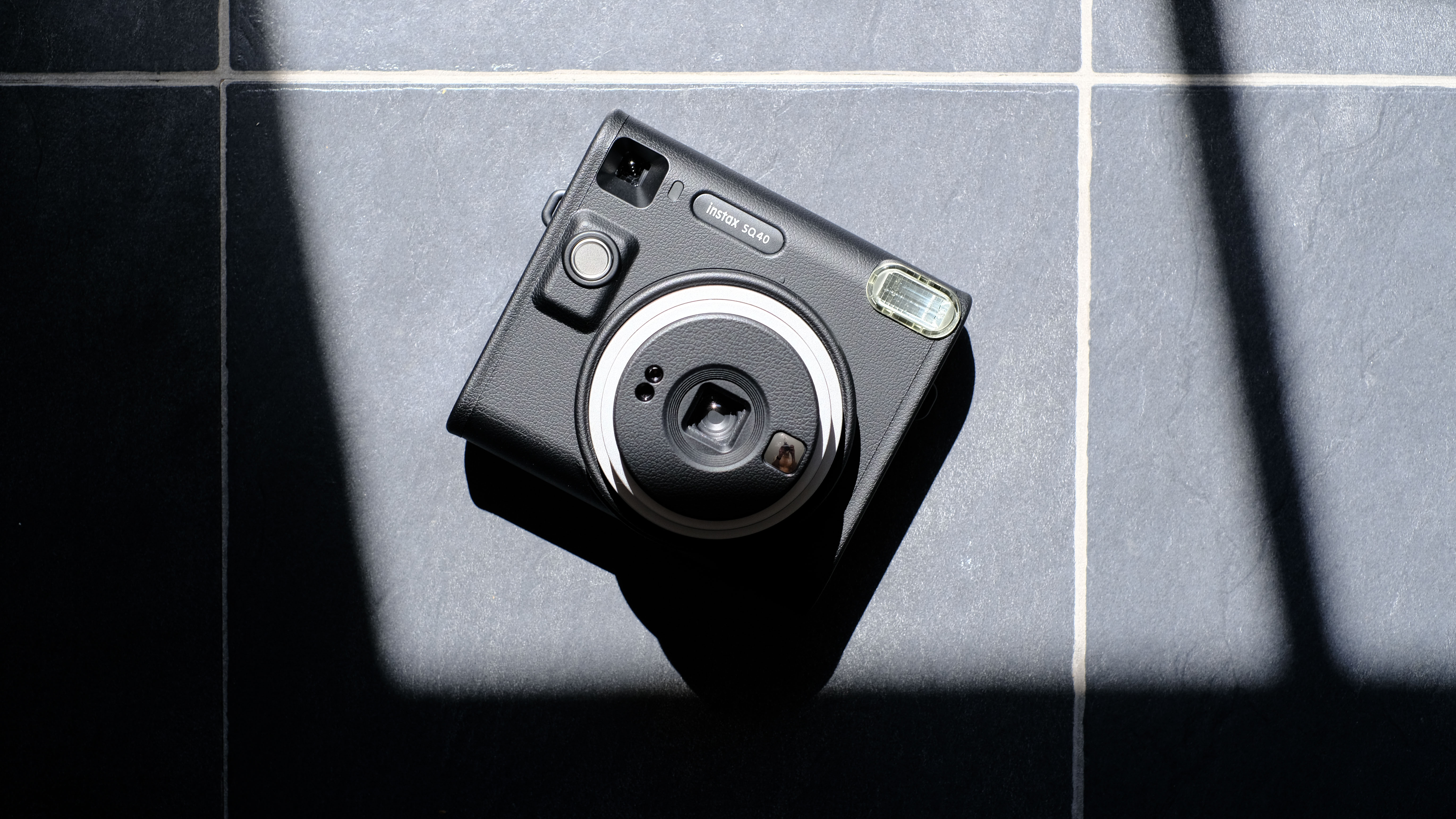
You might also like...
If you like the idea of square instant prints then there are a couple of choices to make. Fujifilm's other square camera - the Instax SQ1 - is cheaper than the new SQ40, although the more fun design and colors won’t be for everyone. Alternatively, the Polaroid Now is a great camera that also takes square prints, it is a little chunkier than the Instax range just due to the classic Polaroid design, and also Polaroid film is a little more unforgiving to poor storage or development.
Read More: find out more about the best instant cameras, or if you want the best of both worlds then check out our guide for the best hybrid cameras.







